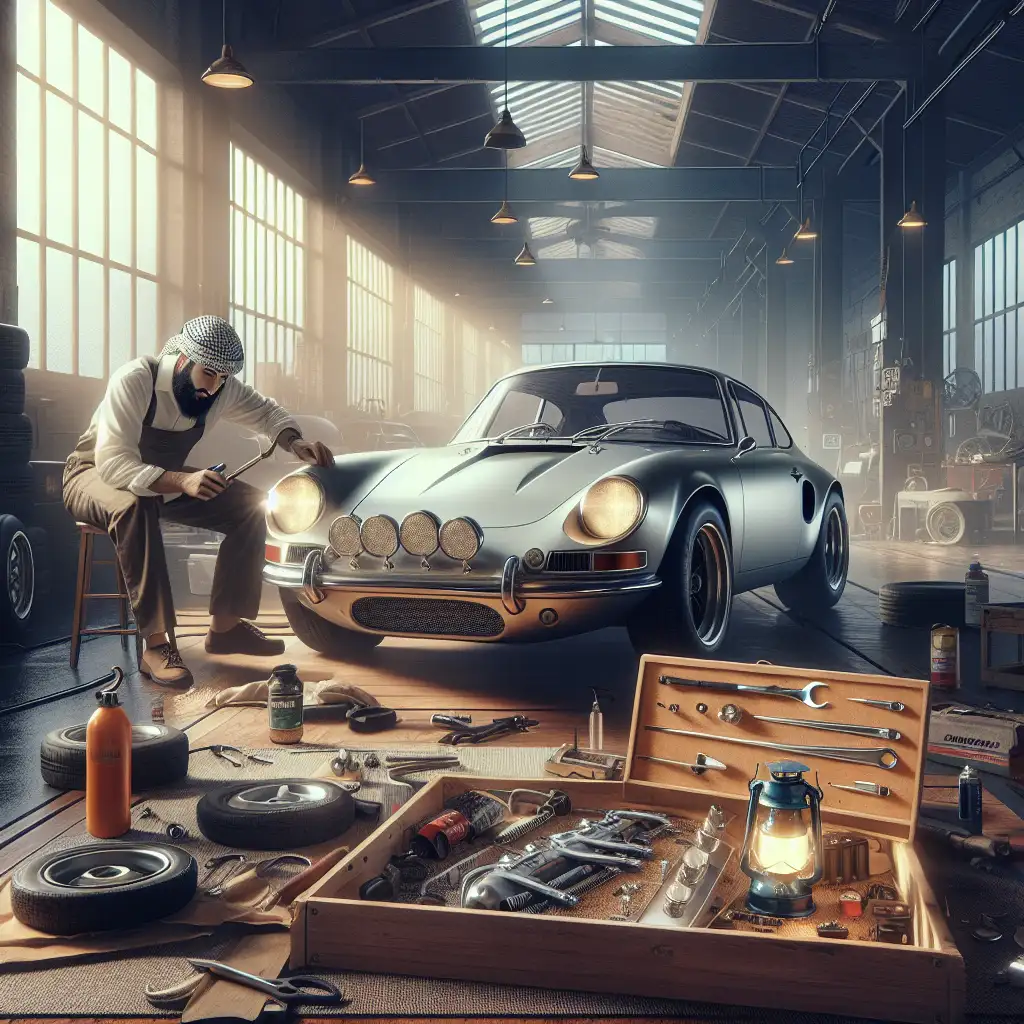Restoring a Classic Car: First Steps - What to Consider Before Starting a Restoration Project
Embarking on a classic car restoration project can be a rewarding journey. Discover the essential first steps and considerations to ensure your project is a success.

Embarking on a classic car restoration project can be a rewarding journey. Discover the essential first steps and considerations to ensure your project is a success.
Understanding the Scope of Restoration
Before diving into a classic car restoration, it's crucial to understand the scope of the project. Restoration can range from a simple cosmetic touch-up to a full mechanical overhaul. Consider what level of restoration you are aiming for:
- Cosmetic Restoration: Focuses on the car's appearance, including paint, upholstery, and minor bodywork.
- Mechanical Restoration: Involves repairing or replacing the engine, transmission, and other mechanical components.
- Full Restoration: A comprehensive approach that combines both cosmetic and mechanical restoration.
Setting a Realistic Budget
One of the most important steps in restoring a classic car is setting a realistic budget. Restoration costs can vary widely depending on the car's condition, the extent of the work needed, and the availability of parts. Consider the following:
- Research the average costs for parts and labor for your specific car model.
- Factor in unexpected expenses, as restoration projects often uncover hidden issues.
- Decide whether you will do the work yourself or hire professionals, which can significantly impact costs.
Assessing Your Skills and Resources
Restoring a classic car requires a certain level of skill and access to resources. Evaluate your own abilities and resources before starting:
- Skills: Do you have the mechanical skills needed, or will you need to learn or hire help?
- Tools: Ensure you have the necessary tools or access to a workshop.
- Time: Consider the time commitment required and whether you can dedicate the necessary hours to the project.
Finding the Right Car
Choosing the right car to restore is a critical decision. Consider the following factors:
- Condition: Assess the car's current condition and the extent of restoration needed.
- Parts Availability: Research the availability of parts for the specific make and model.
- Value: Consider the car's potential value post-restoration, especially if you plan to sell it.
Planning the Restoration Process
Once you've chosen your car, it's time to plan the restoration process. A well-thought-out plan can save time and money:
- Create a detailed timeline and checklist of tasks.
- Prioritize tasks based on importance and complexity.
- Research and source parts in advance to avoid delays.
Legal and Documentation Considerations
Before starting your restoration, ensure you have all necessary legal documents and understand any regulations:
- Verify the car's title and registration status.
- Check for any historical documentation that may add value to the car.
- Understand local regulations regarding classic car restoration and roadworthiness.
 CarChooser
CarChooser